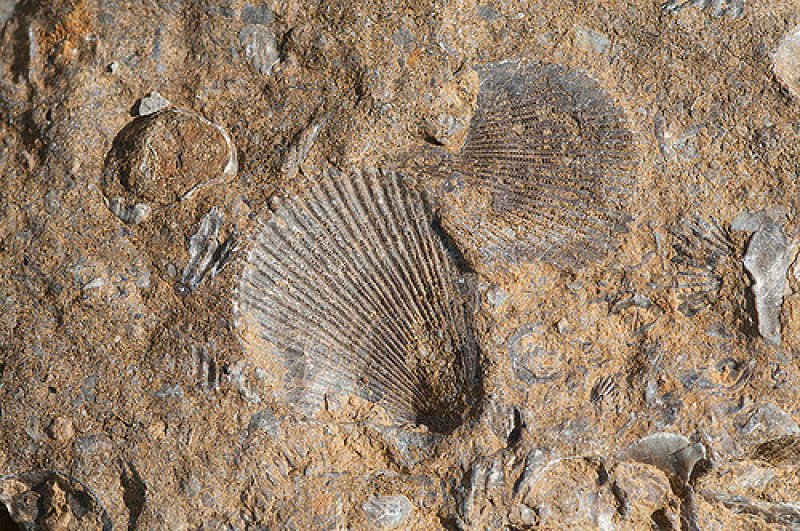Paleontologists are able to determine when a species went extinct based on its last appearance in the fossil record. Any variations in the fossil record had been assumed to be down to either random chance, or the incompleteness of that record.
However, previous computer models have suggested that this might not be the case, and that a species’ ecological preference – what kind of habitat it prospers in – could affect their placement in the fossil record, not because they died off, but because climatic change had altered their environment.
To put this to the test, researchers from the Florida Museum of Natural History, writing in Proceedings of the Royal Society B, analyzed 130-foot (39.6-meter) deep cores drilled in Po Plain, which is a large river valley that runs into the Adriatic Sea off the east coast of Italy. The scientists, led by Michal Kowalewski and Rafal Nawrot, searched for mollusks.
…
Because the various species of mollusk have not gone extinct yet, their fossils should be found in the uppermost layers of the cores, where they would have been recently deposited. However, they were instead found to be more widely spread throughout the cores, giving the impression that there had been multiple mass extinctions over time.
…
This was incorrect; those species of sea life still exist in the Adriatic today, but what has changed is their local environment.
Read full, original post: Does the fossil record tell the true story about mass extinctions?































